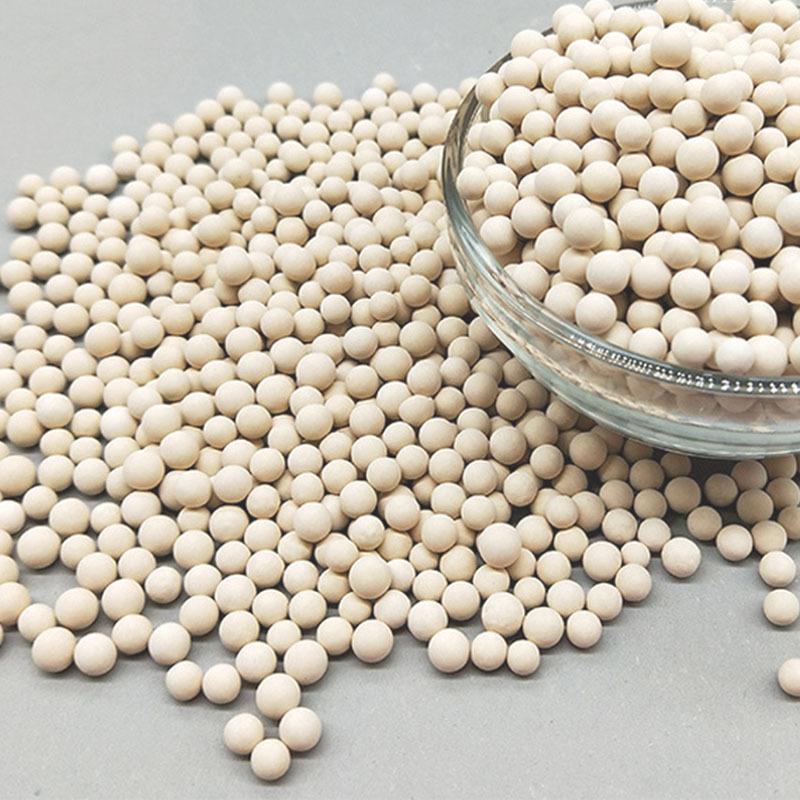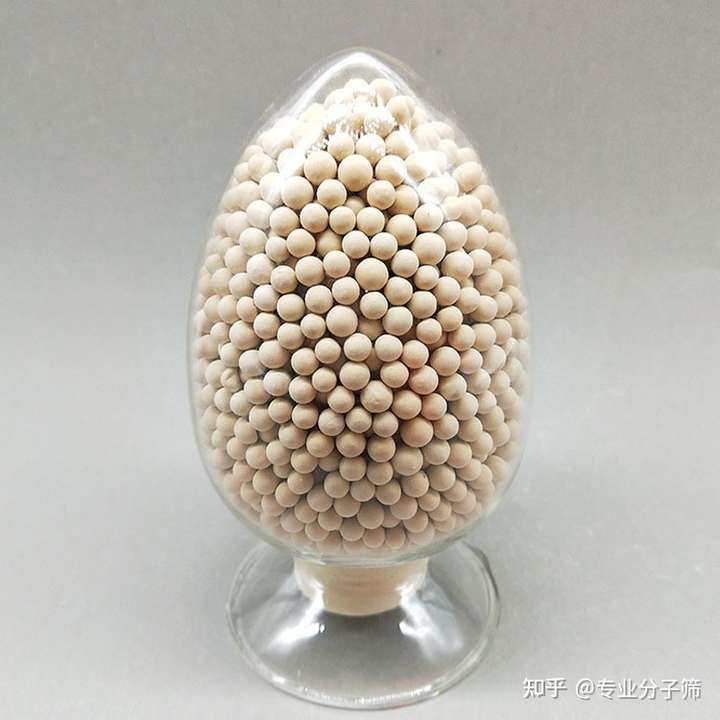News
The difference between 3A, 4A, 5A, 13X molecular sieves
The difference between 3A, 4A, 5A, 13X molecular sieves

1. The chemical formula of 3a 4a 5a molecular sieve
3A molecular sieve chemical formula: 2/3K₂O1₃·Na₂₂O·Al₂O₃·2SiO₂.·4.5H₂O
4A molecular sieve chemical formula: Na₂O·Al₂O₃·2SiO₂·4.5H₂O
Chemical formula of 5A molecular sieve: 3/4CaO1/4Na₂OAl₂O₃·2SiO₂·4.5H₂O
2. The pore size of 3a 4a 5a molecular sieve
The working principle of molecular sieves is mainly related to the pore size of molecular sieves, which are 0.3nm/0.4nm/0.5nm, respectively. They can adsorb gas molecules whose molecular diameter is smaller than the pore size. The larger the pore size, the greater the adsorption capacity. The pore size is different, and the things separated by filtration are also different. Simply speaking, 3a molecular sieve can only adsorb molecules below 0.3nm, 4a molecular sieve, the adsorbed molecules must also be less than 0.4nm, 5a molecular sieve is the same. When used as a desiccant, a molecular sieve can absorb up to 22% of its own weight.
3. 3a 4a 5a molecular sieve application industry
3A molecular sieve is mainly used for drying petroleum cracked gas, olefin, refinery gas and oil field gas, as well as desiccant in chemical, pharmaceutical, insulating glass and other industries. Mainly used for drying of liquids (such as ethanol), air drying of insulating glass, drying of mixed gas of nitrogen and hydrogen, drying of refrigerants, etc.
4A molecular sieve is mainly used to dry natural gas and various chemical gases and liquids, refrigerants, drugs, electronic data and volatile substances, purify argon, and separate methane, ethane and propane. Mainly used for deep drying of air, natural gas, hydrocarbons, refrigerants and other gases and liquids; preparation and purification of argon; static drying of electronic components and perishable materials; dehydrating agents in paints, polyesters, dyes and coatings .
5A molecular sieve is mainly used for natural gas drying, desulfurization and carbon dioxide removal; separation of nitrogen and oxygen to prepare oxygen, nitrogen and hydrogen; petroleum dewaxing, separation of normal hydrocarbons from branched chain hydrocarbons and cyclic hydrocarbons.
However, the large specific surface area and polar adsorption of the renewable 5A molecular sieve can achieve deep adsorption of water and residual ammonia. The decomposed nitrogen and hydrogen mixture enters the dryer to remove residual moisture and other impurities. The purification device adopts double adsorption towers, one adsorbs dry ammonia decomposition gas, and the other desorbs moisture and residual ammonia in the heating state (usually 300-350) to achieve the purpose of regeneration.
13X type molecular sieve, also called sodium X type molecular sieve, is an alkali metal aluminosilicate with a certain alkalinity and belongs to a class of solid bases. Its chemical formula is Na2O·Al2O3·2.45SiO2·6.0H20, and its pore size is 10A, and the adsorption is greater than 3.64A is less than 10A any molecule
13x is mainly used in:
1) Gas purification in the air separation device to remove water and carbon dioxide.
2) Drying and desulfurization of natural gas, liquefied petroleum gas, and liquid hydrocarbons.
3) Deep drying of general gas.

Zeolite Products
Latest News
Contact Us
Contact: Ms.Anna Fei
Phone: +86-15036079565
Tel: +86-371-64368520
Email: info@meiqicn.com
Add:BEISHANKOU TOWN, GONGYI CITY, HENAN, CHINA 451200
